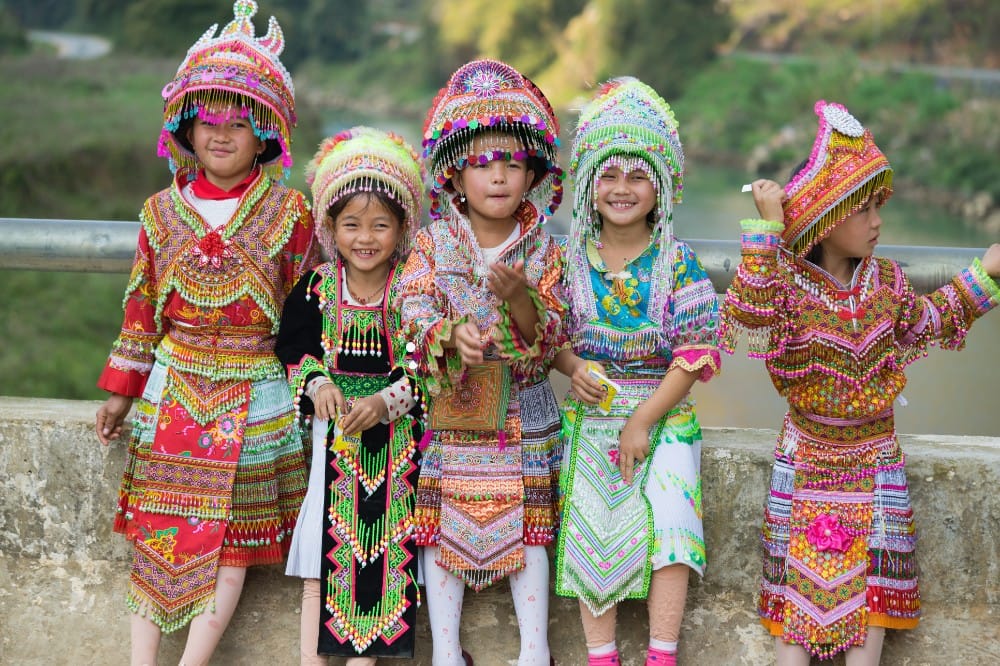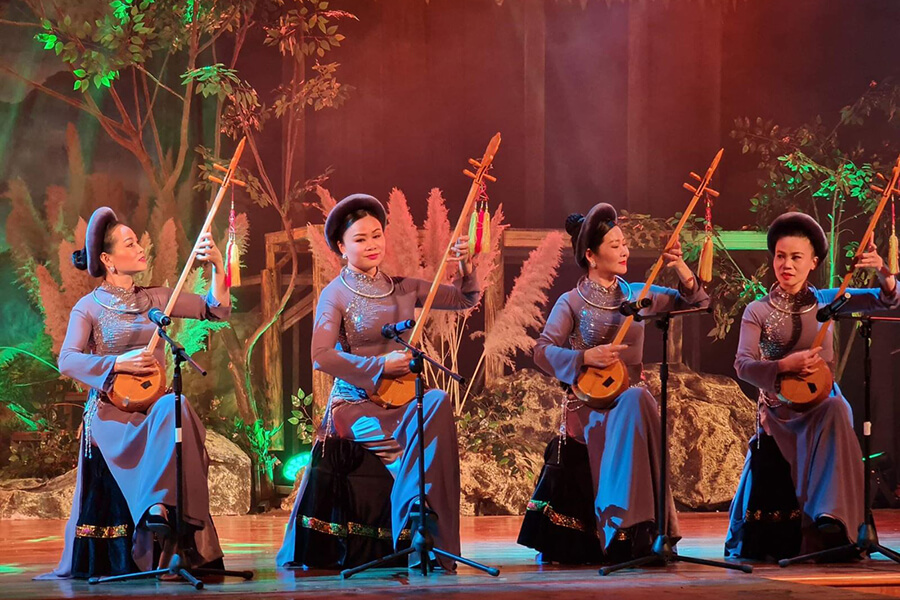views

Vietnam is a country where nature never fails to amaze you. From emerald rice terraces to golden beaches and misty mountains, every corner has a story to tell. Yet, one of the most underrated treasures of this land is its waterfalls. If you’re planning a trip to Vietnam, exploring these cascades will give you a fresh perspective on the country’s natural beauty.
The charm of waterfalls in Vietnam is that each one has its own personality — some are wide and thunderous, others quiet and tucked away in serene forests. They’re not just sights to admire but also places where locals gather, where legends are told, and where adventure seekers find their thrills.
And while the waterfalls are a feast for the eyes, traveling here also means immersing yourself in the culture of vietnam from its traditional festivals to vibrant cuisine, creating a complete experience for every traveler.
🌟 Why Visit Waterfalls in Vietnam?
-
Diversity of Landscapes – From northern mountains to central highlands, Vietnam has a rich variety of waterfalls.
-
Adventure Opportunities – Trekking, swimming, kayaking, and canyoning make waterfall visits exciting.
-
Cultural Stories – Many waterfalls are tied to local legends or traditions, adding depth to your visit.
-
Perfect for Photography – The lush greenery and cascading waters make stunning backdrops.
🏞️ Famous Waterfalls in Vietnam You Must See
1. Ban Gioc Waterfall (Cao Bang Province)
-
Widely known as one of the most beautiful waterfalls in Asia.
-
Situated on the border between Vietnam and China.
-
Multi-tiered cascades surrounded by rice paddies and karst mountains.
2. Pongour Waterfall (Da Lat)
-
Called the “Seven-Tiered Waterfall.”
-
A favorite for locals during festivals and celebrations.
-
Great picnic and camping spot.
3. Dambri Waterfall (Bao Loc)
-
Towering at over 90 meters, one of the highest in Vietnam.
-
Offers boat rides, cable cars, and eco-tourism activities.
4. Thac Bac (Silver Waterfall, Sapa)
-
Located near Sapa’s misty mountains.
-
Perfect stop before Fansipan trekking adventures.
5. Yang Bay Waterfall (Khanh Hoa)
-
Surrounded by lush forests and hot springs.
-
Offers a mix of natural beauty and cultural performances from local tribes.
6. Cam Ly Waterfall (Da Lat)
-
Small but charming, located near Da Lat city center.
-
Easy to access, ideal for short trips.
🌍 Offbeat Waterfalls Worth Exploring
-
Ta Gu Waterfall (Ninh Thuan) – A hidden gem with cool waters.
-
Suoi Tranh (Phu Quoc) – Perfect for island travelers wanting a nature break.
-
Ba Ho Waterfalls (Nha Trang) – A series of three waterfalls, great for trekking and swimming.
🕒 Best Time to Visit
-
May to October – Rainy season; waterfalls are at their fullest and most dramatic.
-
November to April – Dry season; easier treks, but waterfalls are gentler.
🚗 How to Reach
-
Northern waterfalls like Ban Gioc are accessible from Hanoi by bus or private car.
-
Central waterfalls near Da Lat or Bao Loc can be reached via domestic flights to Lien Khuong Airport, then local transport.
-
Southern waterfalls like Dambri connect easily by road trips from Ho Chi Minh City.
🍴 Combine Food & Nature
Visiting waterfalls also means sampling local food nearby:
-
Sticky rice with grilled pork in Sapa.
-
Freshwater fish and spring rolls in Da Lat.
-
Local rice wine served during village homestays.
🎭 The Culture of Vietnam: Beyond Nature
Traveling to waterfalls is just one part of the adventure. To complete your journey, dive into the culture of Vietnam:
-
Festivals – Tet (Lunar New Year), Mid-Autumn Festival, and local harvest festivals bring communities together.
-
Cuisine – From pho and banh mi to regional specialties like bun cha in Hanoi or cao lau in Hoi An.
-
Traditional Arts – Water puppet shows, Cham music, and folk dances enrich the cultural landscape.
-
Daily Life – Visit local markets, engage with ethnic minorities in the mountains, or try a cooking class.
🗓️ Suggested Itinerary (3–4 Days)
-
Day 1: Arrive in Hanoi, explore city highlights, and travel toward Cao Bang.
-
Day 2: Visit Ban Gioc Waterfall, enjoy local food, overnight stay in homestay.
-
Day 3: Head to Da Lat, discover Pongour and Cam Ly waterfalls, explore night markets.
-
Day 4: Experience Yang Bay, then relax with a cultural show or local spa.
🌟 Travel Tips
-
Wear comfortable shoes for trekking.
-
Carry a raincoat or poncho during the wet season.
-
Respect local customs when visiting tribal areas.
-
Hire local guides for offbeat waterfalls.
-
Start early to avoid tourist crowds.
✅ Summary
Vietnam’s waterfalls are more than just natural wonders — they are gateways to adventure, cultural stories, and unforgettable memories. From the roaring Ban Gioc Waterfall to the serene Suoi Tranh in Phu Quoc, the diversity is breathtaking. Pairing your waterfall exploration with the culture of Vietnam — its food, festivals, and traditions — creates the perfect trip to Vietnam in 2025.
Whether you’re chasing adrenaline or searching for peace, Vietnam’s waterfalls and culture promise an enriching journey.



Comments
0 comment